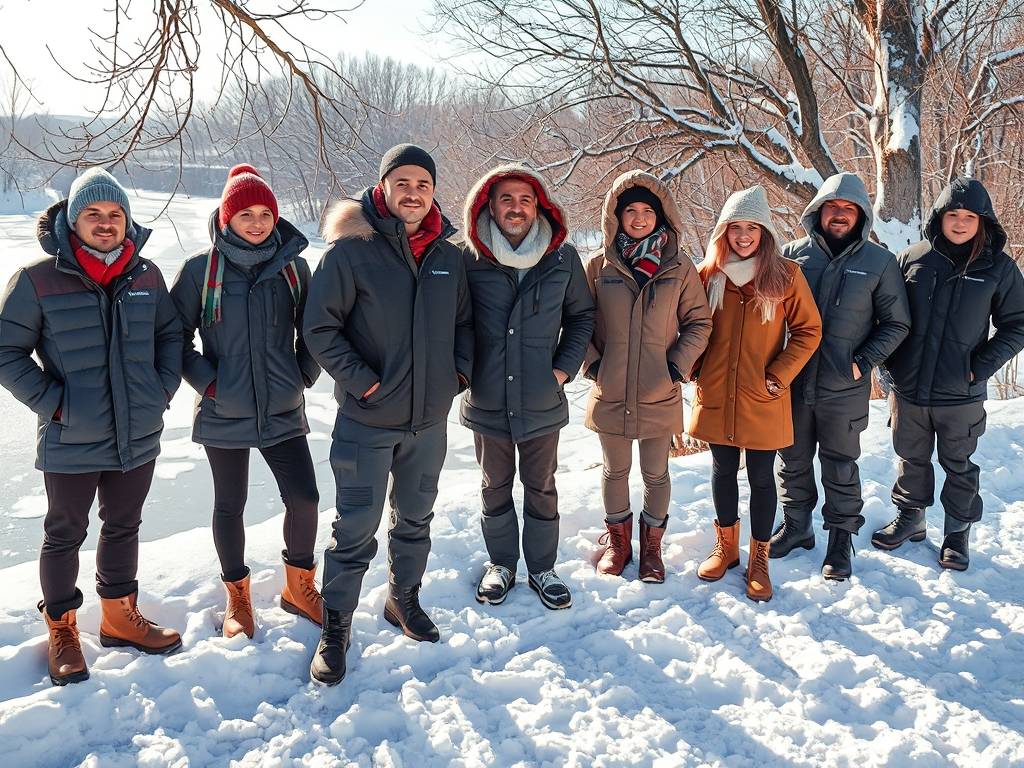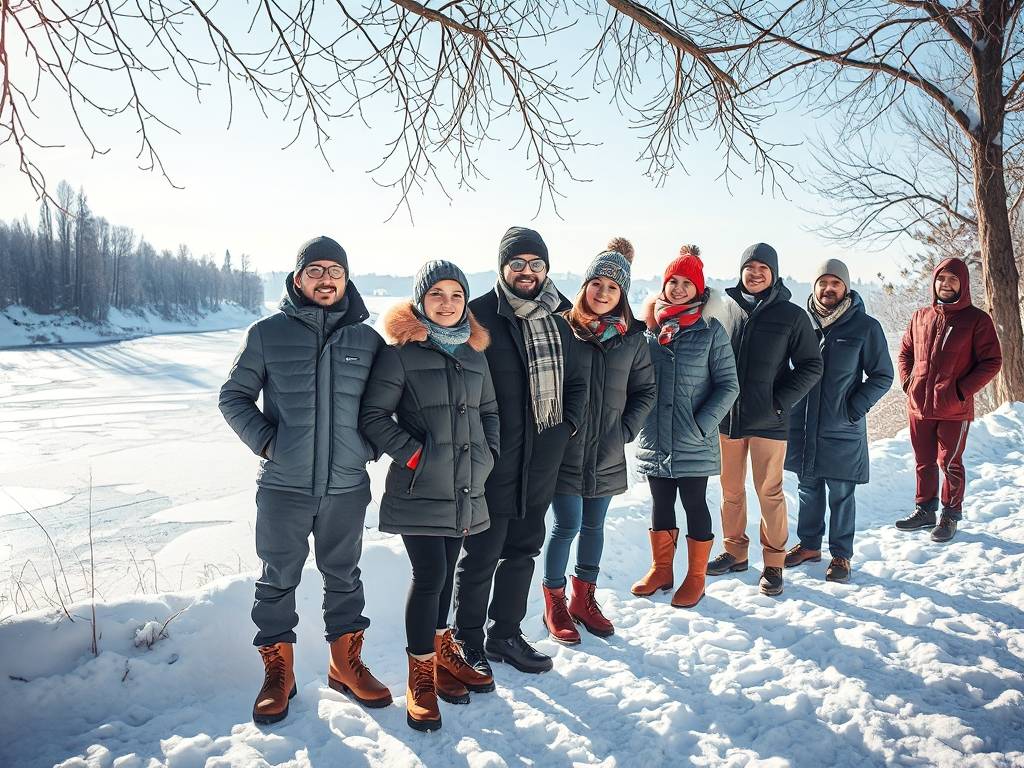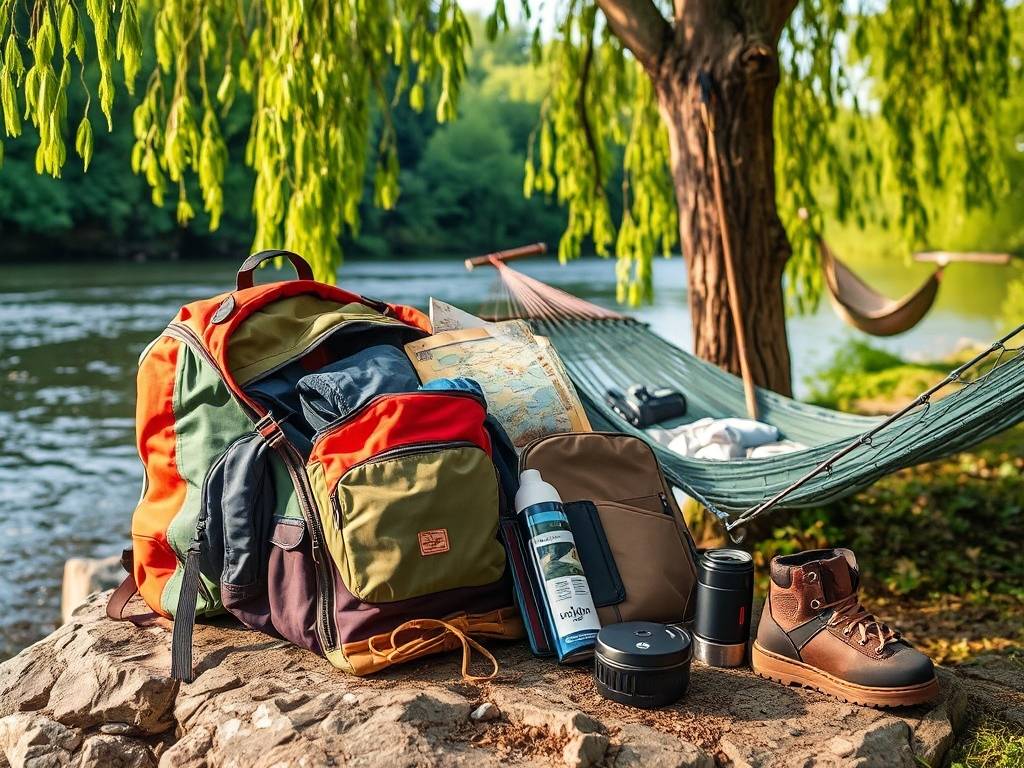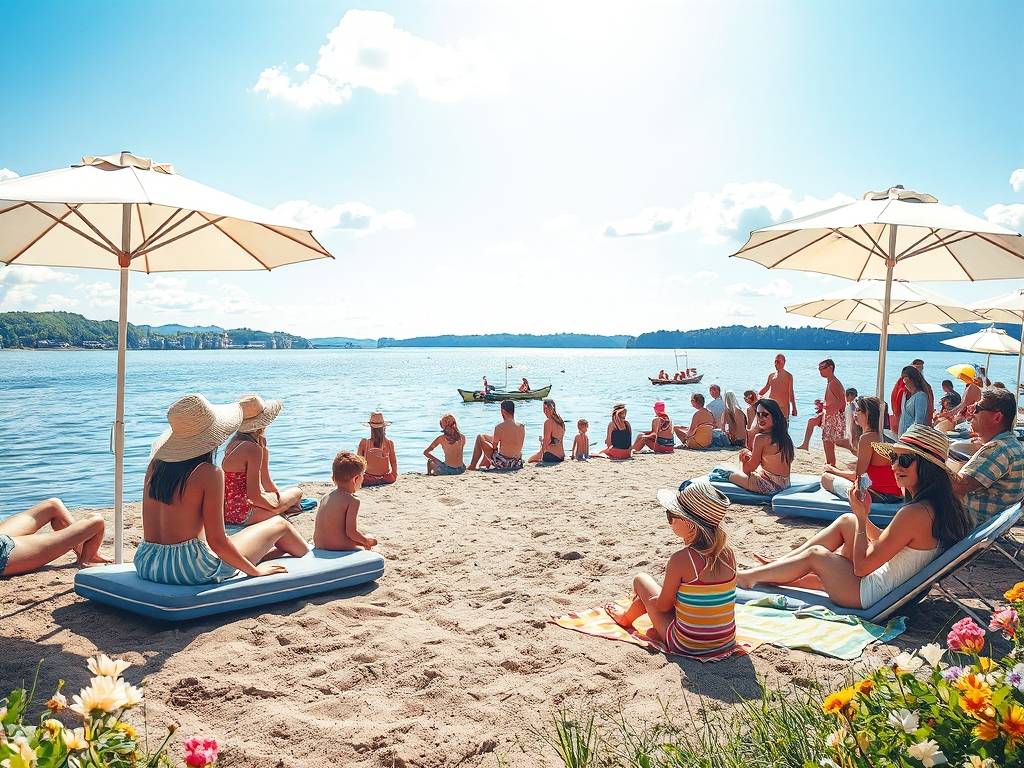Global Travel Information
Elbe River Winter Clothing: What to Wear in Cold Weather
Cruising in Comfort: Your Ultimate Guide to Elbe River Winter Clothing
There's a special kind of magic that descends upon the Elbe River during the winter months. The historic cities of Dresden, Meissen, and Wittenberg, draped in a potential dusting of snow, look like they've been lifted from a fairytale. The crowds of summer have vanished, leaving a serene, crisp atmosphere that is perfect for thoughtful exploration. However, to truly enjoy this enchanting experience, your number one priority must be mastering the art of staying warm. The question of what to wear on an Elbe River winter cruise or a winter trip to Saxon Switzerland is not just about fashion—it's about comfort, safety, and unlocking the full potential of your journey.
The chill along the river can be penetrating, often carrying a dampness that seems to seep into your bones if you're unprepared. A simple coat and scarf won't suffice for a full day of admiring Dresden's Baroque architecture or hiking to the Bastei Bridge. This guide is designed to be your comprehensive resource, ensuring you are equipped with the perfect Elbe River winter clothing strategy. We'll delve into the "why" behind each clothing choice, focusing on a layering system that is both effective and adaptable, so you can focus on the stunning vistas and rich history, not on the cold.

Understanding the Layering Principle: Your Blueprint for Warmth
The single most important concept for cold weather dressing, especially in a variable climate like the Elbe Valley, is layering. Forget a single, bulky item. Layering involves wearing multiple, lighter garments that work together to trap warmth, manage moisture, and shield you from the elements. This system provides unparalleled flexibility. If you step inside a warm Christmas market or a cozy museum, you can remove a layer to prevent overheating and sweating. Later, when you're back on the riverbank facing a brisk wind, you can layer back up. The three essential layers are:
-
The Base Layer: Your Second Skin This is the layer in direct contact with your skin, and its primary job is moisture management. As you walk and explore, you will perspire, even in the cold. If that moisture stays against your skin, it will rapidly cool you down, leading to chills. The goal of your base layer is to wick this sweat away.
- What to Avoid: Cotton at all costs. Cotton is a wonderful fabric in warm weather, but in the cold, it's your enemy. It absorbs moisture like a sponge and holds it against your skin, making you feel cold, damp, and miserable—a phenomenon often called "cotton kill."
- What to Choose: Opt for technical fabrics like merino wool or synthetic materials like polyester. Merino wool is a superstar for winter travel; it's incredibly effective at wicking moisture, regulates temperature, and is naturally odor-resistant, meaning you can pack fewer items. Synthetic materials are also excellent, quick-drying, and often more affordable. Look for terms like "thermal underwear," "long johns," or "base layers" when shopping.
-
The Mid Layer: Your Insulation This is the layer that provides the core of your thermal insulation. It traps the body heat that your base layer has helped to keep dry. The mid layer is all about creating dead air space to keep you warm.
- Excellent Options: Fleece jackets, down vests, or lightweight wool sweaters like a thin cashmere or lambswool pullover are perfect. A packable down jacket or a synthetic insulated jacket is a fantastic versatile piece. It provides a great deal of warmth without the bulk of a heavy coat and can be easily stuffed into a daypack. For less intense days, a simple fleece zip-up provides excellent warmth and breathability.
-
The Outer Layer: Your Shield Also known as a shell, this is your defense against the external elements: wind, rain, and snow. A high-quality outer layer is non-negotiable for Elbe River winter travel. Even if rain isn't in the forecast, the wind coming off the water can be brutal, and it will cut straight through any non-windproof material.
- Key Features: Your shell should be both windproof and waterproof (or at the very least, highly water-resistant). Look for a jacket with a hood for added protection. Breathability is also a valuable feature, as it allows sweat vapor to escape, preventing you from getting damp from the inside out. A good waterproof winter coat that combines a built-in insulation with a protective shell can also be a great all-in-one solution for urban exploration.
Completing the Ensemble: Don't Forget Your Extremities
It's a simple rule of thumb: if your head, hands, and feet are cold, your whole body will feel cold. Investing in the right accessories is just as crucial as your core layers.
- Head and Neck: A significant amount of body heat is lost through your head. A warm, well-fitting beanie or thermal hat is essential. For the neck, a wool or fleece neck gaiter is incredibly versatile. It can be pulled up to cover your chin and cheeks from the wind, something a scarf doesn't always do as effectively.
- Hands: Your choice of winter gloves depends on your activities. For most city walking, a pair of insulated touchscreen compatible gloves is ideal, allowing you to use your phone or camera without exposing your skin. If you plan on more active pursuits, consider a thinner liner glove that can be worn inside a heavier mitten for maximum flexibility.
- Feet: Happy feet are the foundation of a happy trip. Start with moisture-wicking socks, again avoiding cotton. Merino wool socks are the gold standard, providing cushioning, warmth, and moisture control. For footwear, prioritize waterproof boots with a deep tread for grip on potentially icy or wet cobblestones. Look for boots with insulation if you are particularly sensitive to the cold. Ensuring there is enough room to wiggle your toes is vital for circulation and warmth.
Practical Packing List for Your Elbe Winter Adventure
Let's translate these principles into a concrete packing list. This is your actionable what to pack for an Elbe River cruise in December or January plan.
-
Tops:

- 2-3 Merino wool or synthetic long-sleeve base layer tops
- 1-2 Mid-layer fleeces or thin wool sweaters
- 1 Packable down or synthetic puffer jacket
- 1 Waterproof and windproof outer shell jacket (or a combined insulated winter coat)
-
Bottoms:
- 1-2 pairs of Thermal leggings or long underwear
- 1-2 pairs of Comfortable, warm pants (e.g., insulated trousers or sturdy jeans—though be cautious as jeans can be slow to dry if wet)
-
Accessories:
- 1-2 Warm beanies
- 1 Neck gaiter or scarf
- 1-2 pairs of Gloves (including at least one touchscreen pair)
- 3-4 pairs of Merino wool or thermal socks
-
Footwear:
- 1 pair of sturdy, waterproof winter boots
-
Extras for Ultimate Comfort:
- Thermal insoles for your boots for an extra layer of insulation from the cold ground.
- A small packable backpack to store layers you remove throughout the day.
- Lip balm and moisturizer to combat the dry, cold air.
Activity-Specific Advice: From City Strolls to Castle Tours
Your final clothing choices can be fine-tuned based on your planned itinerary, ensuring you have the right cold weather essentials for a European river vacation.
- For City Exploration (Dresden, Prague, etc.): Your focus here is on versatility. You'll be moving between the cold outdoors and warm interiors. The three-layer system is perfect. Comfortable, supportive waterproof boots are non-negotiable for hours on cobblestone streets.
- For Active Shore Excursions (Hiking in Saxon Switzerland): You will generate more body heat. Prioritize breathable base and mid-layers. You might find you only need your base layer and a fleece while actively hiking, adding your shell only when you stop or at exposed viewpoints like the Bastei Bridge. Your waterproof boots with good ankle support are absolutely critical here.
- For Evening Events on the Cruise Ship: While the ship will be climate-controlled, it's nice to have one or two "smart-casual" items. A nice sweater or a collared shirt can make you feel comfortable for dinner without needing to pack a full formal wardrobe.
By embracing the layered approach and paying close attention to your extremities, you transform the winter climate from a challenge into an asset. The right Elbe River winter clothing doesn't just keep you warm; it gives you the confidence to stand on the deck of your ship as the snow falls silently around you, to wander through a glittering Christmas market with a warm mug of Glühwein in hand, and to fully immerse yourself in the serene, breathtaking beauty of the Elbe in its winter guise. Pack smart, and you'll have an unforgettable adventure.
相关文章
- Elbe River Weather Forecast: Plan Your Day Along the Water
- Elbe River Climate Information: Average Temperatures Year-Round
- Elbe River Wind Conditions: Tips for Boaters & Cyclists
- Elbe River Rain Gear: Stay Dry During Your Visit
- Elbe River Sun Protection: Stay Safe in the Summer
- Elbe River Packing List: Essentials for Your Trip
- Elbe River Luggage Storage: Where to Store Bags
- Elbe River Airport Transfers: Get to the River from the Airport
- Elbe River Train Stations: Closest Stops to the Waterway
- Elbe River Bus Routes: Public Transit Along the Banks
发表评论
评论列表
- 这篇文章还没有收到评论,赶紧来抢沙发吧~


